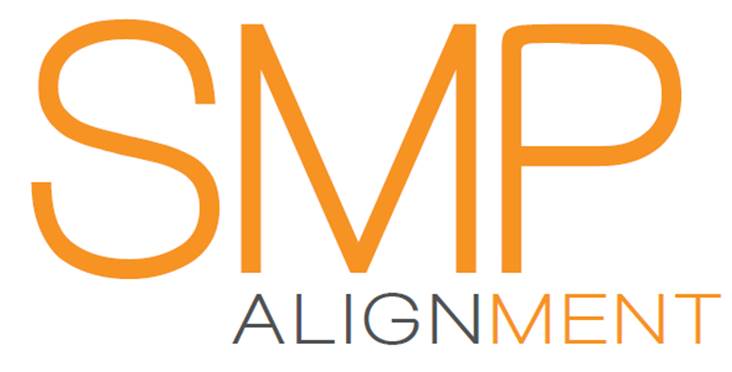There’s a popular parable about blind people and an elephant that goes something like this.
A group of blind people have come across an elephant and each starts touching it to determine what it is. Upon detailed inspection, the first person who had started with the elephant’s trunk claims it’s a snake. Another who started with the ear came to believe it was a giant fan. Yet another who placed his hand on the elephant’s side claimed to be against a wall. The fourth felt its tail and described it as a rope. And so on – a tree! A spear!
No one could agree. Each person brought unique and accurate perspectives but none were completely correct.
Similar situations occur on an organization’s commercial team. The sales person says the customer would buy if only the product had a particular feature. The marketing team, having done in-depth competitive analysis, sees an opportunity in another area. The product team – confident of what is technically possible and really cool – insists that there is yet another direction to take the portfolio. Customer success insists they know what the customer really needs. And we get an unpalatable case of Round Canoe Syndrome.
All can be correct from their perspective while being incorrect with the total picture. But it’s the total view that delivers the biggest potential for the company, and its customers. All the pieces need to fit into a coherent story and a related Outcome Hierarchy.
Get agreement on answers to the three key questions that unlock commercial alignment. It’s rarely an either/or situation and may require third-party data or a facilitator to open eyes to see the entirety of the beast.

